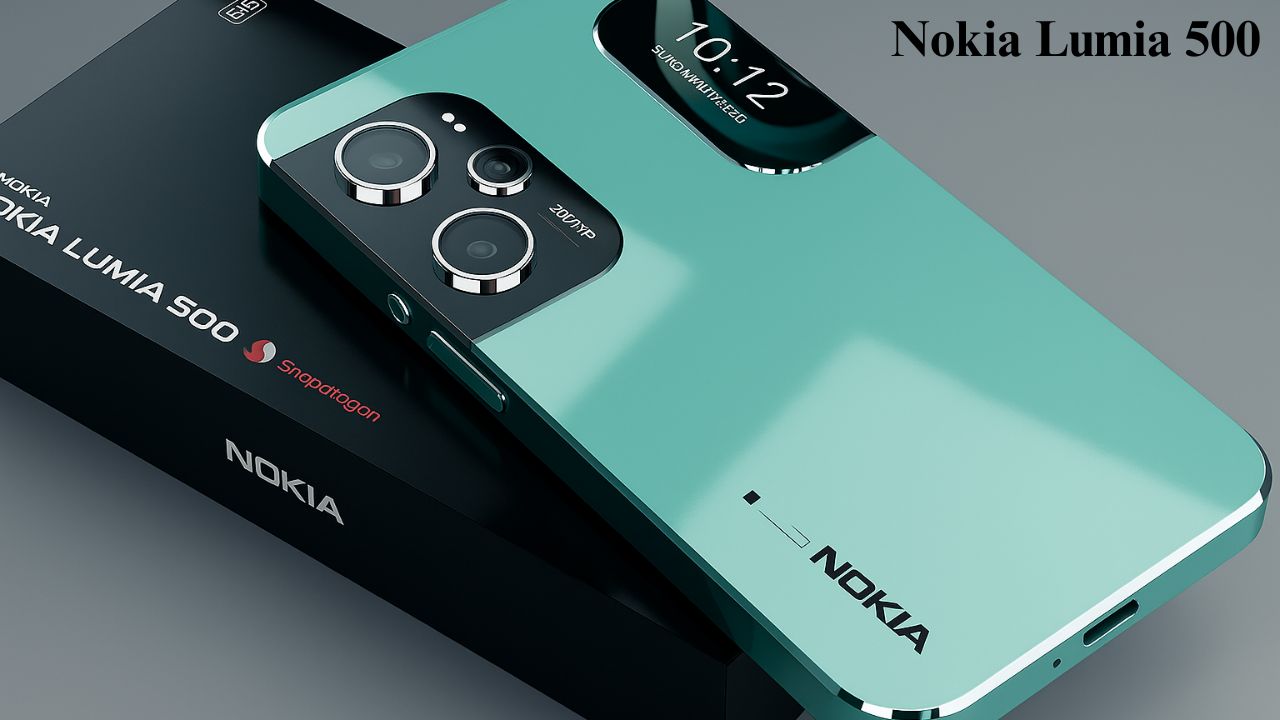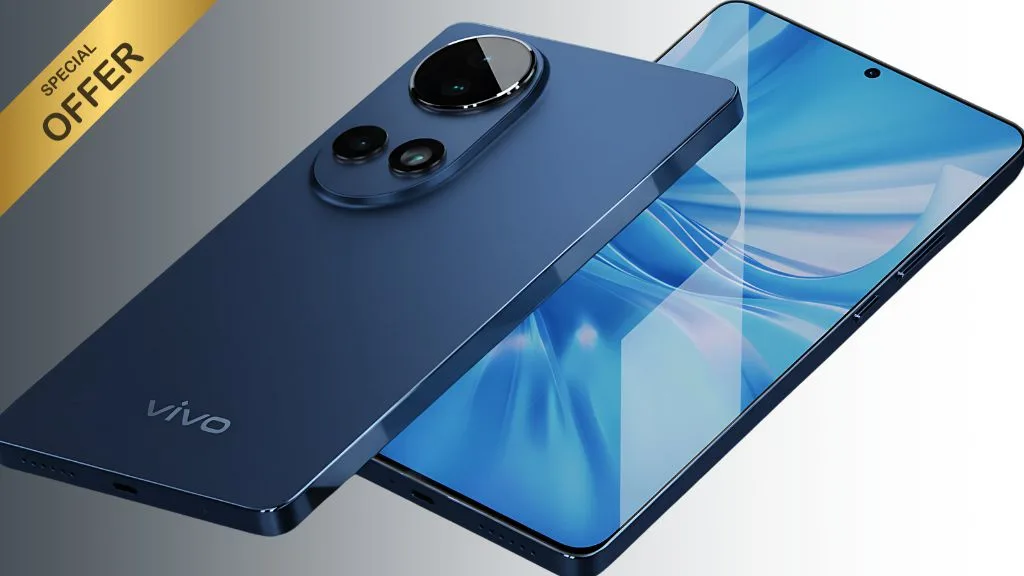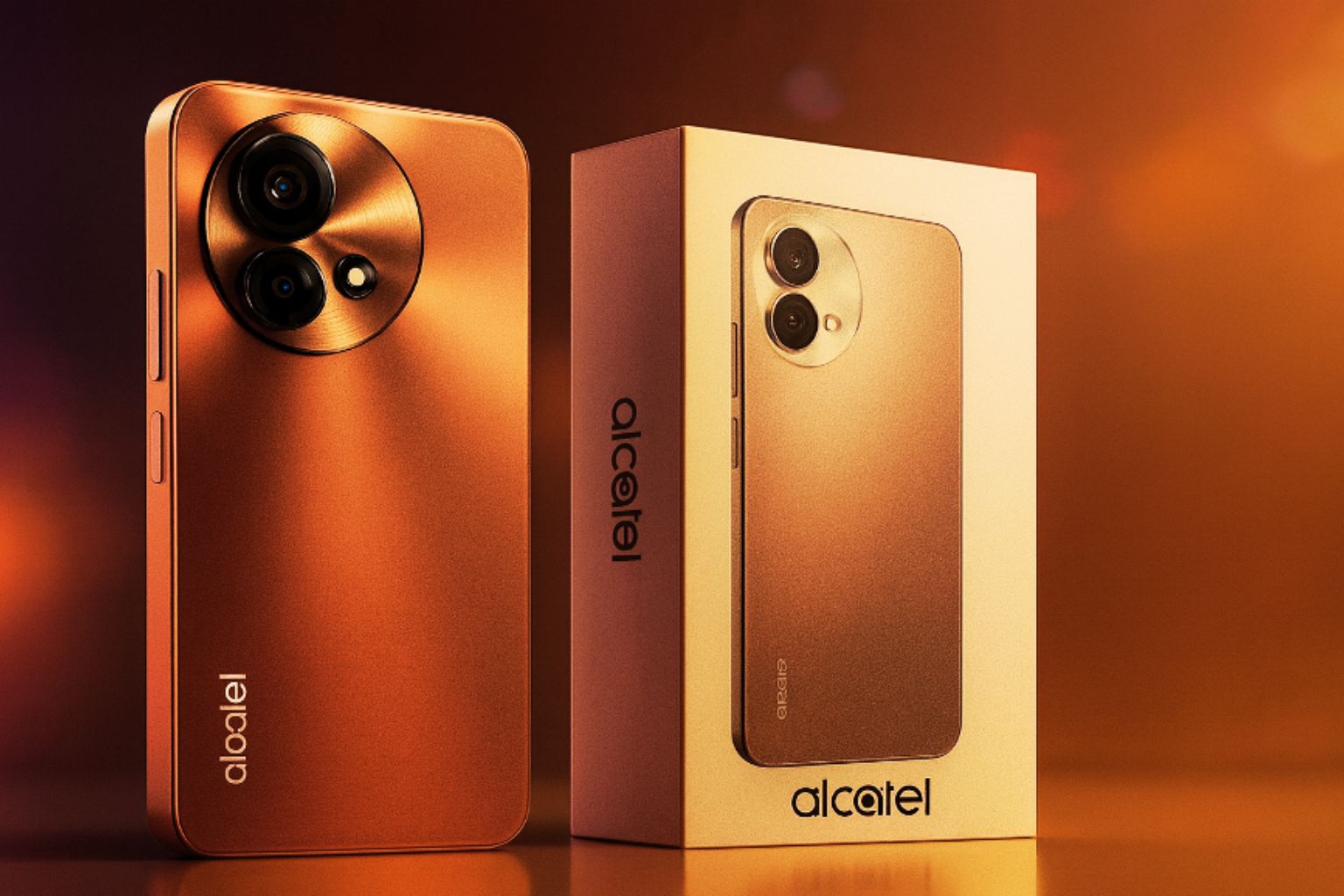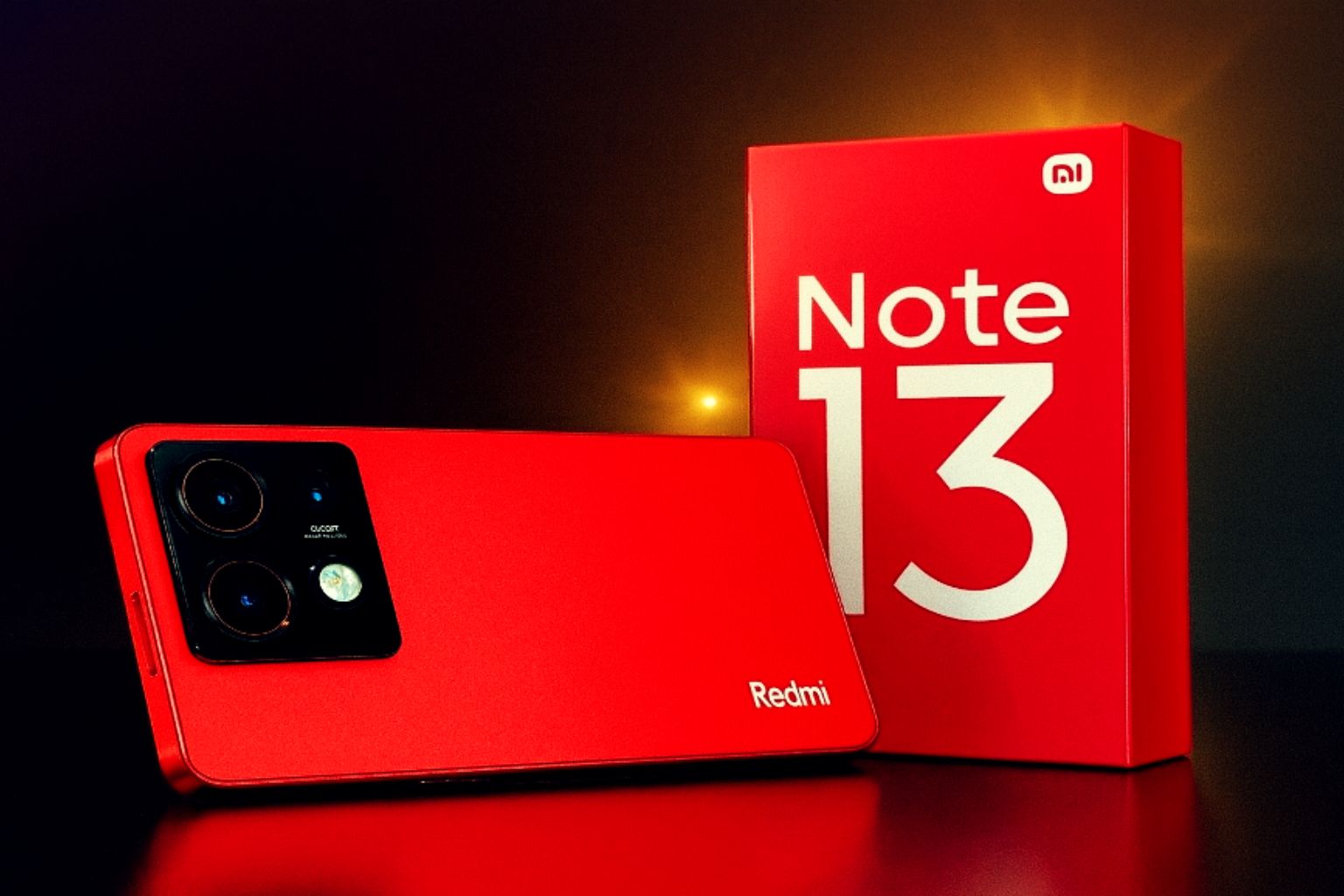Nokia Lumia 500: When we look back at the evolution of smartphones, certain devices stand out not because they were the most powerful, but because they marked a turning point in mobile technology. The Nokia Lumia 500 is one such model. Although often overshadowed by its higher-end siblings in the Lumia series, the Lumia 500 played a crucial role in bringing the Windows Phone operating system to a broader audience. With its unique interface, robust build, and vibrant design, it captured the attention of budget-conscious users and Nokia loyalists alike. This article dives deep into the journey of the Nokia Lumia 500, its design philosophy, hardware and software capabilities, user experience, and its legacy in today’s mobile landscape.
The Rise of the Lumia Series and Nokia’s Comeback Attempt
Nokia, once the undisputed king of the mobile phone market, faced a dramatic decline with the rise of Android and iOS. After losing significant market share, the company partnered with Microsoft in a bid to revive its fortunes. The result was the Lumia series, powered by Windows Phone OS, which aimed to offer a fresh take on smartphones with a new ecosystem and UI philosophy. The Lumia 500 was introduced as a budget-friendly option in this lineup, targeting emerging markets and first-time smartphone buyers. It was designed to bring the core Lumia experience to a broader population without compromising on build quality and essential features.
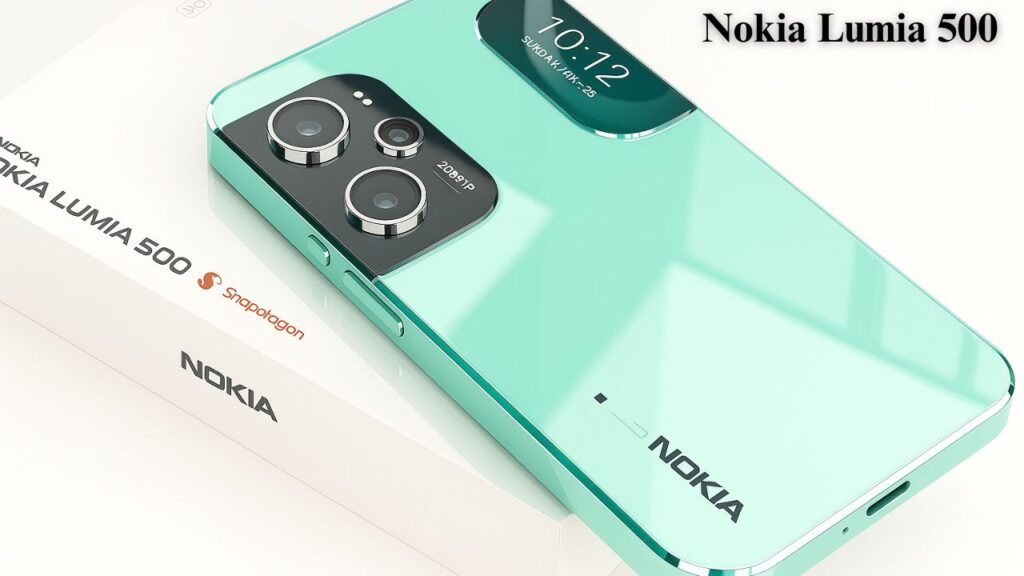
Nokia Lumia 500: A Bold and Youthful Design That Stood Out
The Nokia Lumia 500 didn’t attempt to mimic the standard black slabs that dominated the market at the time. Instead, it featured a colorful, polycarbonate unibody shell that instantly gave it a playful and energetic look. Available in shades like cyan, magenta, and black, the phone was compact, light in hand, and incredibly durable. The curved back made it ergonomic and comfortable to hold, while the matte finish ensured minimal fingerprint smudging. The Lumia branding was proudly etched on the back, reminding users of Nokia’s new direction. Even though it belonged to the budget segment, it never felt cheap or flimsy.
Nokia Lumia 500: Display That Matched Expectations of the Era
The Lumia 500 came equipped with a 3.2-inch TFT capacitive touchscreen that supported a resolution of 240 x 320 pixels. By today’s standards, these specs might seem underwhelming, but in the context of the early 2010s, it was competitive in its price segment. The screen delivered decent color reproduction and contrast, offering satisfactory performance for daily tasks like messaging, calling, and light web browsing. The screen was protected by scratch-resistant glass, and the touch response was fluid, aided by Windows Phone’s optimized UI.
Nokia Lumia 500: A Fresh Software Experience with Windows Phone OS
Perhaps the most defining feature of the Lumia 500 was its operating system—Windows Phone 7.5 (later upgradeable to 7.8). Microsoft had envisioned a unique mobile OS that was distinctly different from Android and iOS. The home screen featured Live Tiles, which updated in real-time with notifications, social updates, messages, and more. This approach made the interface dynamic and lively. The OS was well-optimized for low-end hardware, which ensured smooth transitions, minimal lag, and a consistent experience across Lumia models.
Pre-installed apps like Microsoft Office, OneDrive, and Internet Explorer provided a solid productivity suite. Users could sync documents, emails, and contacts across their Windows devices seamlessly. Though the app ecosystem was still in its infancy compared to Android and iOS, it had most essentials, including Facebook, WhatsApp, and Twitter. Nokia also added value with its own range of apps like Nokia Maps and Nokia Drive, which provided offline navigation features—a rarity in budget phones at the time.
Nokia Lumia 500: Performance That Delivered for the Essentials
The Nokia Lumia 500 was powered by a 1GHz Qualcomm Snapdragon S1 processor paired with 256MB of RAM and 2GB of internal storage, expandable via microSD. These hardware specifications were modest, but the tightly integrated Windows Phone OS ensured that the phone remained responsive and usable for everyday activities. It wasn’t built for gaming or heavy multitasking, but it excelled in calls, messaging, social media browsing, and music playback. The single-core processor was efficient and consumed less battery, contributing to the device’s overall reliability.
Nokia Lumia 500 Camera: Basic Yet Functional
The Lumia 500 featured a 5-megapixel rear camera without flash. It lacked autofocus, but the fixed-focus lens could still capture decent photos in good lighting conditions. The camera interface was clean and simple, with quick access to settings like white balance, ISO, and exposure. For a budget phone, it did a decent job in capturing quick snaps and sharing them via Bluetooth or social media. Video recording was limited to VGA resolution, but it was adequate for casual users.
Nokia Lumia 500: Battery Life That Lasted All Day
Nokia equipped the Lumia 500 with a 1200mAh removable battery, which might sound small now but was perfectly adequate for the phone’s specifications. Thanks to the power-efficient processor and well-optimized OS, the Lumia 500 could easily last a full day with regular usage. It could handle over 8 hours of talk time and several days on standby. The removable nature of the battery also allowed users to carry a spare, which was a major convenience in regions with limited access to charging facilities.
Nokia Lumia 500: Connectivity and Audio Capabilities
The Nokia Lumia 500 offered standard connectivity options for its time, including 3G, Wi-Fi 802.11 b/g, Bluetooth 2.1, and GPS with A-GPS support. It lacked NFC and 4G LTE, but those weren’t standard in budget phones during its era. Call quality was crystal clear, with strong signal reception—a hallmark of Nokia phones. The loudspeaker was adequately loud for calls and music, and the inclusion of a 3.5mm headphone jack allowed users to enjoy their favorite tracks on wired earphones. The music player was intuitive and supported a range of formats, making the phone a handy companion for music lovers.
Nokia Lumia 500: A Phone Built for Durability and Trust
Nokia’s reputation for building reliable, rugged phones held true with the Lumia 500. It could easily withstand daily wear and tear, accidental drops, and rough handling. The phone was designed for users who wanted a no-nonsense device that simply worked. It performed well in both urban and rural conditions, thanks to its strong signal reception and tough exterior. The software rarely crashed, and the build quality was leagues ahead of most competing Android phones in the same segment.
Nokia Lumia 500: Limitations That Held It Back
Despite its strengths, the Lumia 500 had a few shortcomings that limited its long-term appeal. The lack of a front camera, LED flash, and autofocus meant it wasn’t ideal for photography enthusiasts. The Windows Phone app ecosystem remained relatively underdeveloped, with fewer apps and games compared to Android. Also, the lack of frequent software updates eventually led to the OS being phased out. Users looking for more customization options were also disappointed, as Windows Phone prioritized consistency over personalization.
Nokia Lumia 500: The Role It Played in the Smartphone Timeline
The Lumia 500 may not have been a blockbuster in terms of sales, but it served a strategic purpose for Nokia and Microsoft. It brought the Windows Phone experience to millions of users who couldn’t afford flagship devices. It also helped establish Nokia’s Lumia branding in the entry-level market, paving the way for successors like the Lumia 520 and Lumia 535, which achieved greater commercial success. The Lumia 500 demonstrated that a smartphone could be affordable, attractive, and functional, all at the same time.
Nokia Lumia 500: A Cult Classic That Still Draws Nostalgia
Years after its discontinuation, the Nokia Lumia 500 continues to evoke nostalgia among tech enthusiasts and collectors. Its unique design, minimalist UI, and smooth performance made it a favorite among users who preferred simplicity and reliability over flashiness. The Lumia 500 is now remembered as a symbol of Nokia’s determination to adapt and evolve, even when the odds were against it. For many, it was their first smartphone—a device that opened up the digital world in a way that was easy and enjoyable.
Nokia Lumia 500: The Legacy It Leaves Behind
The Lumia 500 might not be remembered as a technological marvel, but it certainly holds a place in mobile history. It showed that entry-level smartphones could be beautifully designed, well-built, and enjoyable to use. It was a device that represented hope—for Nokia, for Microsoft, and for users who wanted a better mobile experience without spending a fortune. The Windows Phone journey may have come to an end, but its impact, especially through devices like the Lumia 500, is still felt today.
Conclusion: A Modest Hero of Its Time
In retrospect, the Nokia Lumia 500 was more than just a phone—it was a statement. A statement that budget phones didn’t have to be boring, laggy, or uninspiring. It introduced many to the elegance of the Windows Phone interface, the reliability of Nokia’s craftsmanship, and the possibilities of a smarter future. Even though the smartphone world has moved on, the Lumia 500 remains an important chapter in Nokia’s journey and a fond memory for those who owned it. It stood for innovation at a budget price, and in doing so, it became an icon of a transitional era in mobile technology.
